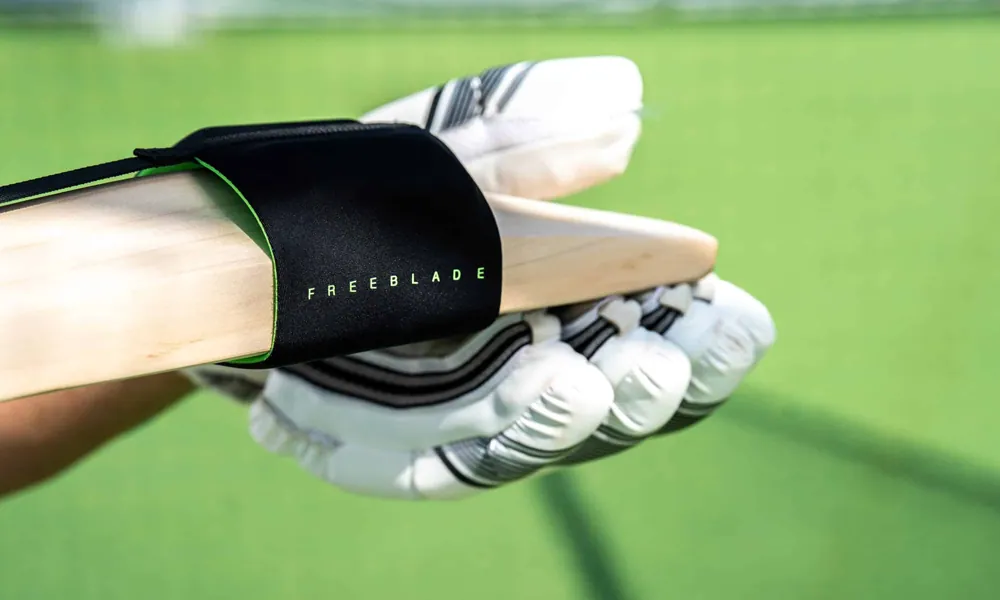Swing for Success: Youth Cricket Batting Gloves Guide

Cricket, often dubbed as a gentleman's game, is more than just a sport; it's a passion, a way of life for many. And for the young enthusiasts stepping onto the pitch, the right gear can make all the difference in their performance and enjoyment. Among the essential equipment for any budding batsman are the cricket batting gloves. But how does one choose the perfect pair for a young player? Let's explore.
The Importance of Batting Gloves for Young Players
Before delving into the selection process, it's crucial to understand why batting gloves are a necessity for young cricketers. These gloves serve multiple purposes:
- Protection: Cricket balls can be hard and fast, posing a risk of injury to unprotected hands. Batting gloves provide crucial cushioning and protection against impact.
- Grip and Control: A good grip is essential for effective batting. Batting gloves offer traction, ensuring the bat doesn't slip during powerful strokes.
- Comfort: Long hours in the crease demand comfort. Well-fitted gloves prevent blisters and discomfort, allowing young players to focus on their game.
Factors to Consider When Choosing Youth Batting Gloves
- Size and Fit: Perhaps the most critical aspect is ensuring the gloves fit properly. Ill-fitting gloves can hamper performance and cause discomfort. Measure the player's hand size and refer to sizing charts provided by manufacturers.
- Protection Levels: Assess the level of protection offered by the gloves. Look for padding on key areas such as the fingers, knuckles, and back of the hand. For younger players facing softer balls, lighter padding might suffice, but for older or more experienced players, heavier padding may be necessary.
- Material: Batting gloves are typically made from leather or synthetic materials. While leather offers superior comfort and durability, synthetic gloves are often more affordable and easier to maintain. Consider the climate and playing conditions to determine which material would be most suitable.
- Ventilation: Cricket matches can be physically demanding, leading to sweaty palms. Ventilated gloves with breathable materials help keep hands cool and dry, enhancing comfort during extended periods of play.
- Flexibility: Look for gloves that offer flexibility without compromising protection. Young players need gloves that allow natural movement of the hands and fingers, enabling them to grip the bat securely and maneuver with ease.
- Brand Reputation: Opt for reputable brands known for quality craftsmanship and durability. While budget-friendly options exist, investing in a reliable pair of gloves can ensure they last longer and provide better performance.
Tips for Maintenance and Care
Once you've chosen the perfect pair of batting gloves, proper maintenance is essential to prolong their lifespan:
- Air them out: After each use, allow the gloves to air out to prevent moisture buildup and odors.
- Clean regularly: Follow manufacturer guidelines for cleaning. Most gloves can be gently hand-washed with mild detergent and air-dried.
- Avoid extreme heat: Refrain from leaving gloves in direct sunlight or near heat sources, as this can damage the materials.
- Inspect for damage: Regularly check the gloves for any signs of wear and tear, such as loose stitching or worn-out padding. Replace them if necessary to maintain optimal protection.
Conclusion
Selecting the right batting gloves for young cricketers is a decision that shouldn't be taken lightly. By considering factors such as size, protection, materials, and brand reputation, you can ensure your young player is equipped with gear that enhances their performance and keeps them safe on the pitch. With the right gloves at their disposal, they can step up to the crease with confidence, ready to tackle any challenge that comes their way.

